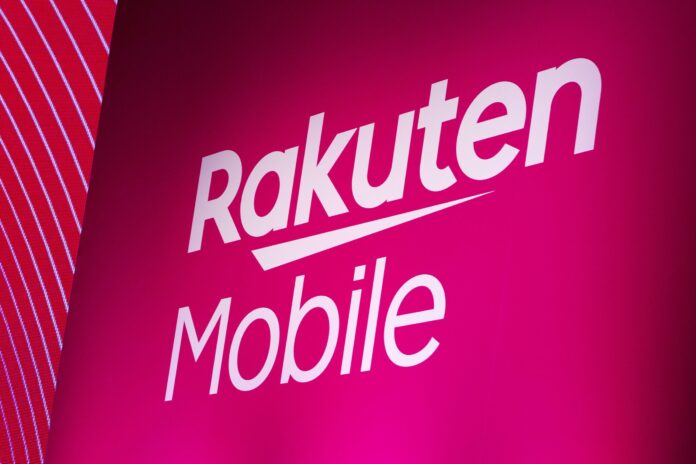Rakuten Mobile hits a milestone, posting its first-ever quarterly EBITDA profit — excluding property taxes
Despite a wider net loss year-over-year and sinking shares, a deeper look into Rakuten Group’s Q1 2025 earnings reveals promising momentum in its telecom segment. For wireless and telecom industry observers, Rakuten’s performance offers a window into the viability of greenfield mobile strategies, Open RAN deployments and ecosystem-driven subscriber growth.
Rakuten Group reported consolidated revenue of ¥562.7 billion (~$3.63 billion) for the quarter ending March 31, 2025, up 9.6% year-over-year. Its IFRS operating loss improved significantly, narrowing from ¥33.3 billion (~$215 million) in Q1 2024 to ¥15.4 billion (~$99.5 million) in Q1 2025. However, net loss widened to ¥73.5 billion (~$474 million) from ¥42.4 billion (~$274 million) last year, due largely to non-operational factors including unrealized losses on hedging instruments tied to currency volatility.
EBITDA rose to ¥79.9 billion (~$515 million), a 51.4% increase year-over-year. CFO Kenji Hirose clarified during Rakuten’s earnings call that the widened net loss was primarily driven by technical hedging impacts, not underlying business deterioration.
Rakuten Mobile continues to be the company’s biggest bet — and its biggest drain. The segment posted ¥110.7 billion (~$714 million) in revenue, up 10.9% YoY, and cut its losses from ¥65.6 billion (~$423 million) in Q1 2024 to ¥51.3 billion (~$331 million) in Q1 2025.
And, crucially, Mobile EBITDA turned positive (if property taxes are excluded), hitting more than 100 million yen and hinting at a long-awaited inflection point. CEO Hiroshi Mikitani told reporters that the focus in on improving Rakuten Mobile’s network quality and that the company plans to install an additional 10,000 base stations this year.
Its subscriber base reached approximately 8.63 million lines in the quarter, including MNO, MVNO and MVNE customers. Average revenue per user (ARPU) rose, driven by increased data usage, optional service take-up and advertising revenue from Rakuten Link, stated the company.
As one of the first large-scale mobile operators to build a fully virtualized, cloud-native network from scratch, Rakuten Mobile has earned its reputation as a telecom maverick. Its risk-heavy approach has taken time to mature — but signs of payoff are emerging.
Rakuten’s Q1 results highlight how a non-traditional player can reshape the mobile business through ecosystem integration, software-defined networking and a cloud-first foundation — all of which set the stage for an AI-first future. For telecom operators and ecosystem stakeholders, the message is clear: AI-driven service optimization is becoming critical to margin expansion and personalization, while Open RAN and virtualization offer real structural cost benefits.
While profitability remains elusive at the group level, Rakuten Mobile’s improving metrics and strategic coherence suggest that its disruptive model is maturing into a serious — and instructive — alternative to legacy telco playbooks.

